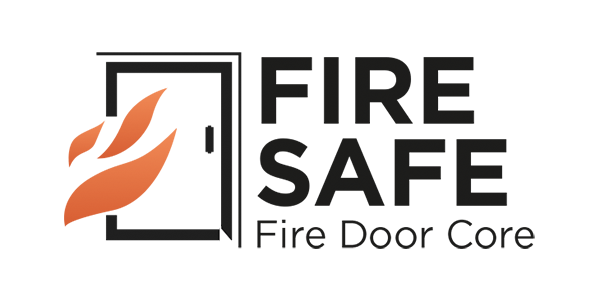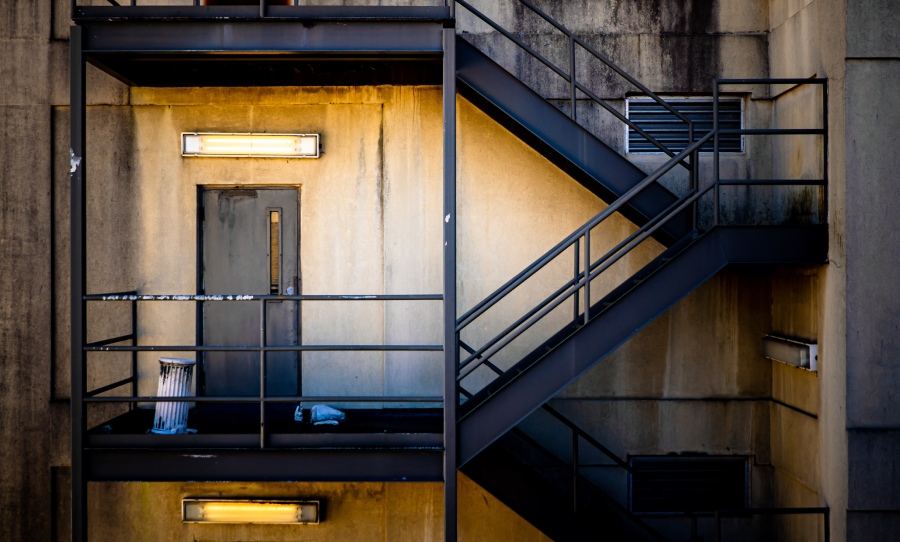10 facts you probably didn’t know about fire doors
Fire Doors are above all else, a safety device. But that doesn’t mean there isn’t more too them beneath the surface.
#1 Fire Doors are measured by time
Fire Doors are made of fire-resistant materials and are measured by how long they can compartmentalise a fire before melting. Most wooden fire doors are designed to withhold fire for 30 or 60 minutes (FD30 & FD60). However, specialised doors can be designed to last far longer. What you choose for your project depends on legal requirements as well as your building’s variety of evacuation options.
#2 Fire Doors Expand
Fire Doors are made with intumescent materials, meaning they expand when exposed to heat. Intumescent strips line the edges of a fire door so that the door swells up and seals the fire in. This prevents any smoke or embers from breaking through to the other side.
#3 Fire Doors Can Be Painted
You’re probably used to seeing Fire Doors in their typical, bland design. However, fire doors can actually be painted with high-quality paints without deterring from any safety protocols. This obviously helps the doors blend in with a buildings’ existing aesthetic. Don’t camouflage it though! The fire door should still be easy to locate.
#4 Fire Doors Must Block Out Smoke
Believe it or not, more people die by fires from smoke suffocation, not the actual flames. This is why Fire Doors are designed to completely close off a fire. If smoke is seeping through a fire door before its set time limit is up, it needs maintenance as soon as possible. This leads us to the next fact…
#5 Fire Doors require frequent inspection
Unfortunately, you can’t just instal a fire door and call it a day. For a fire door to be effective, it needs regular inspection to ensure all its components are functional. As the building owner, you are responsible for its upkeep.

#6 Fire Doors Can Go Anywhere
While Fire Doors are a legal requirement in commercial properties, that doesn’t mean you can’t have one installed in your home. In larger homes, fire doors are typically installed close to the kitchen as that’s where most fires begin.
#7 Installing Fire Doors Requires A Licence
There’s a specific licence awarded to those who have been properly trained to install, inspect, and repair. Considering the vital importance of a fire door, this is definitely a good thing. So, even if your tradie mate insists he can do it for you, double-check he has the licence.
#8 Fire Doors Are Made With Various Materials
Fire Doors are usually made with timber or glass, but there are a myriad of options at your disposal should you be inclined. They can be constructed with gypsum, steel, aluminium, and of course, the wonder mineral vermiculite.
#9 Fire Doors Use Vermiculite
Vermiculite is a hydrous phyllosilicate mineral that has become commonplace in fire doors. This is due to it’s extreme heat-expansion properties, ensuring all that smoke stays put.
#10 Fire Doors began in 1904
The first fire rated steel door was invented and patented by Mr Dahlstrom. Over 100 years later, they’re on almost every street, and they’re not going away anytime soon.
Have a fire door related enquiry? We’re happy to help. Contact Fire Safe Doors at [email protected] or call (02) 9070 0732, and we’ll work through a plan for your needs.

